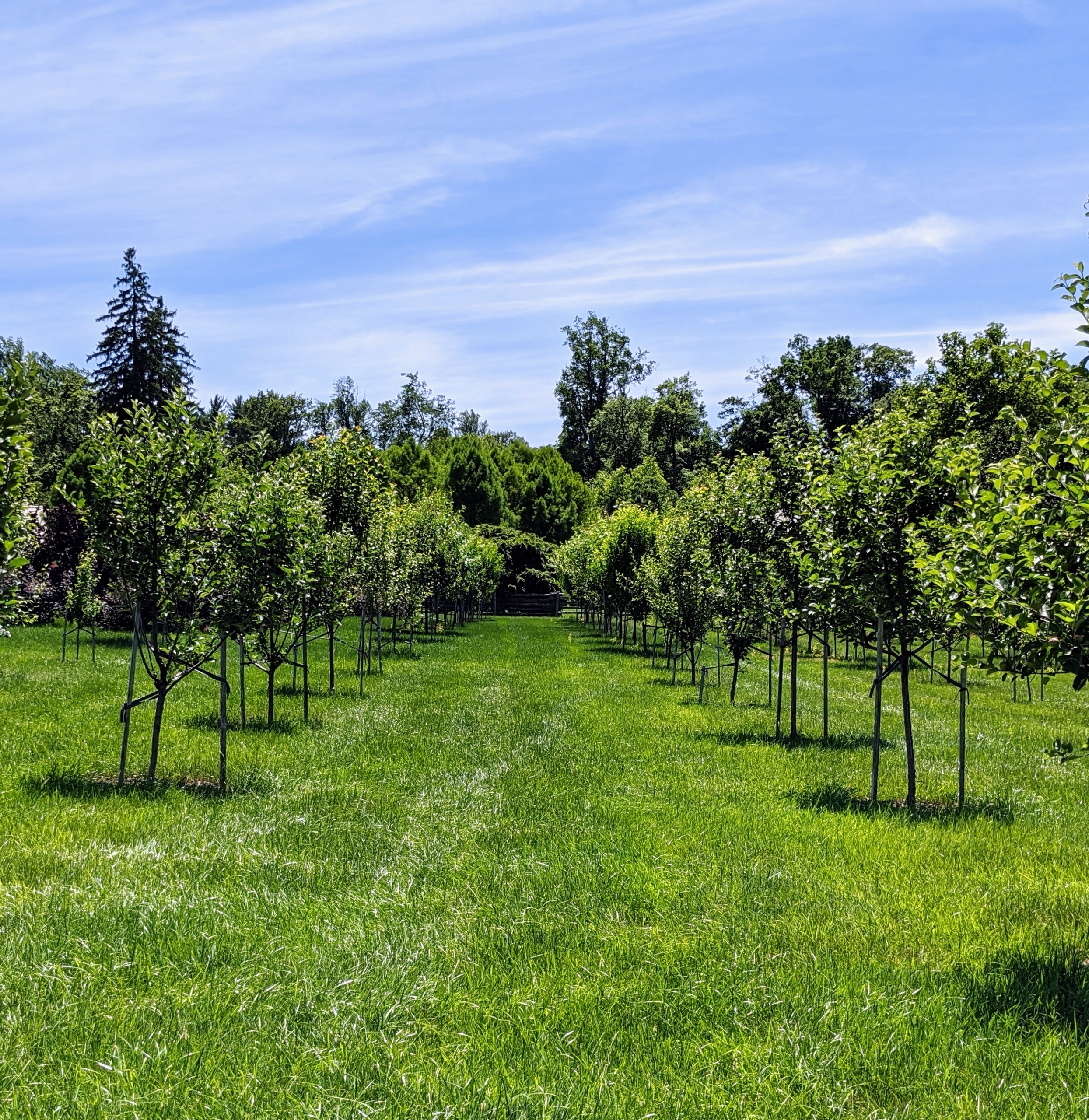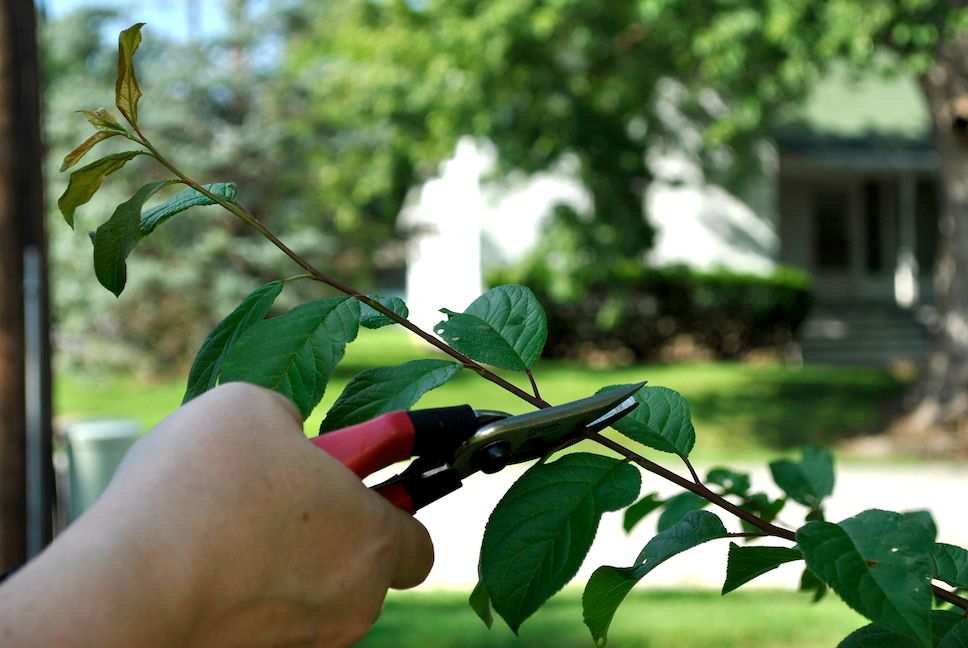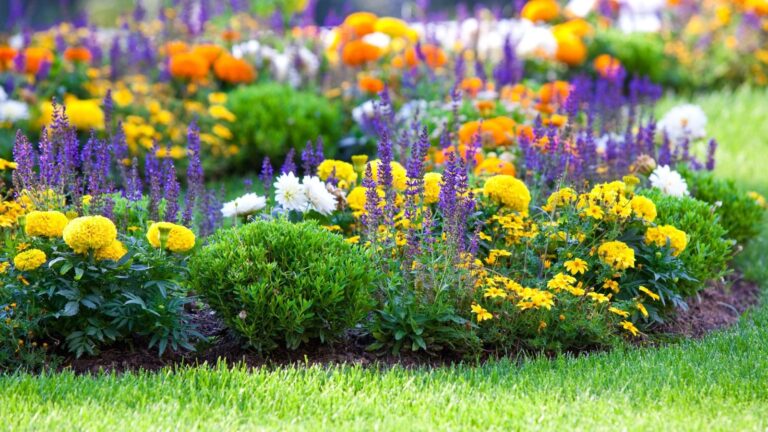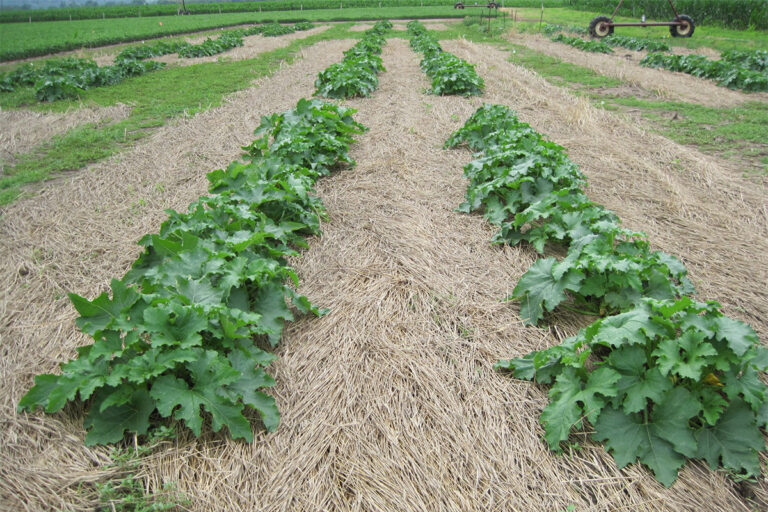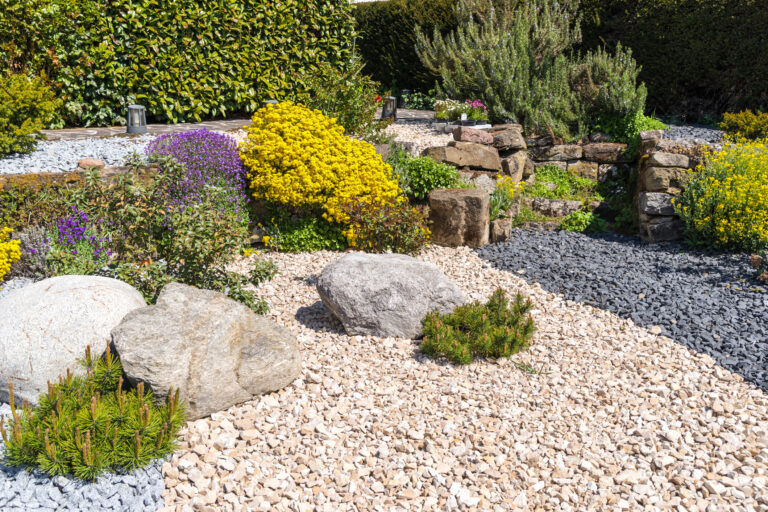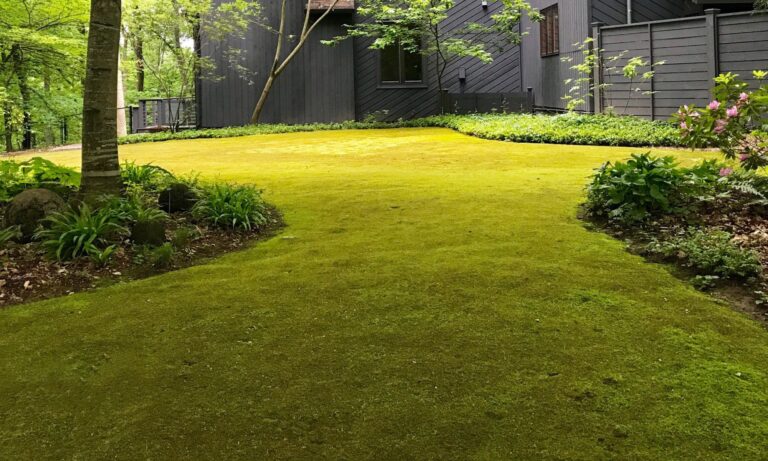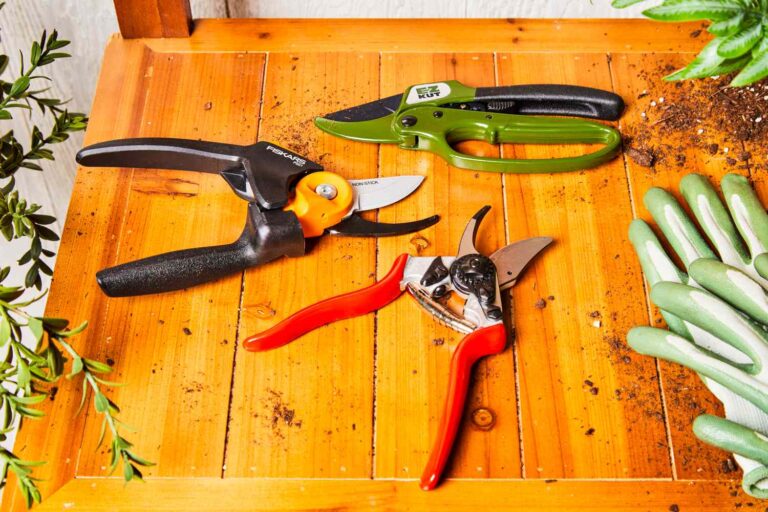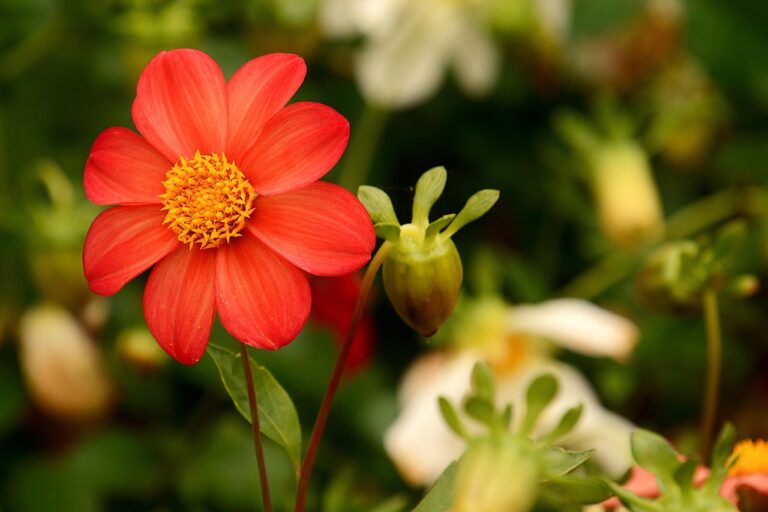Best Fruit Trees to Prune After Harvest | Expert Orchard Guide
Home orchard maintenance requires post-harvest pruning as an essential practice which people often overlook. Gardeners who focus on dormant season pruning often overlook the advantages of post-harvest trimming which directly affects the quality of next year’s crop and tree health and orchard management. The knowledge of which fruit trees benefit most from post-harvest pruning along with correct methods and schedules enables you to use this basic practice as a strong method for achieving maximum results in your home orchard.
Home orchard success depends heavily on correct post-harvest pruning methods.
The practice of post-harvest pruning provides specific benefits which enhance the results of standard dormant season maintenance. The transition from summer to fall brings trees into a specific physiological phase which allows them to store energy in their roots thus making strategic pruning easier and more effective for particular tree species. The best time to prune occurs when weather is dry and warm because it enables proper wound healing and reduces disease risks and controls excessive growth that would harm next year’s fruit production.
The practice becomes most important for evergreen fruit trees and trees that are vulnerable to particular diseases which prosper in the cool wet spring weather. The removal of spent fruiting wood and crossing branches and excessive growth right after harvest allows the tree to allocate its remaining energy toward creating strong productive wood for the upcoming season. The method of pruning trees in advance stops trees from becoming too large and uncontrolled which results in better fruit quality and simpler harvesting.
Research shows that trees that receive post-harvest pruning at the right time produce 15-20% more fruit and maintain better health than trees that only receive care during the dormant season University of California Agriculture and Natural Resources. The practice helps prevent disease spread because it enables air movement between tree levels while eliminating disease-prone sections before they develop into major issues.
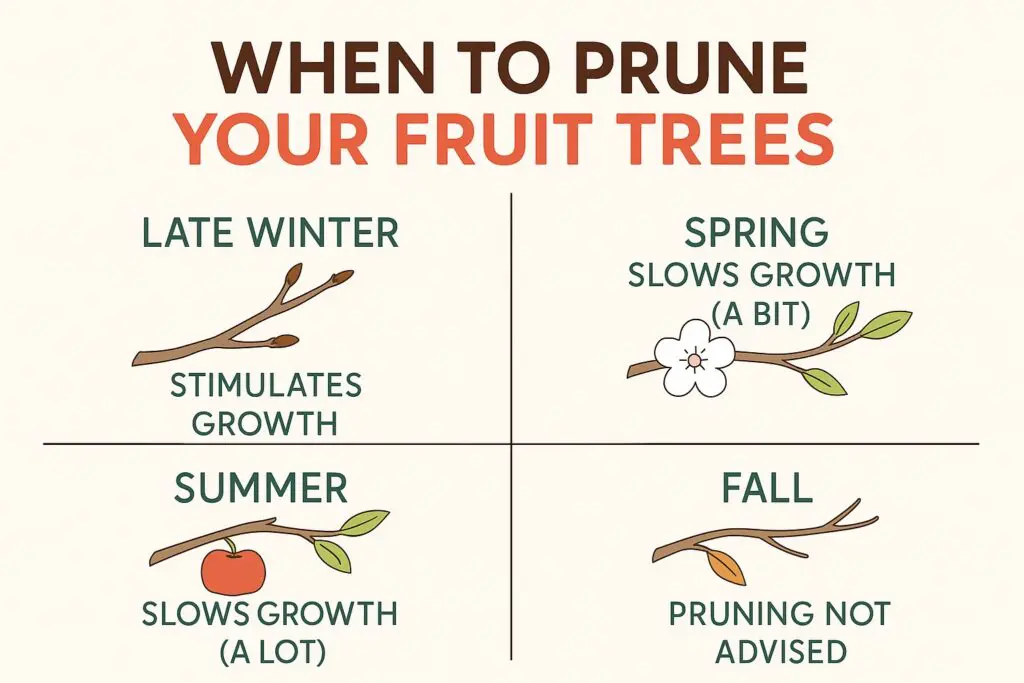
The Critical Five: Fruit Trees That Demand Post-Harvest Attention
Avocado Trees – Maintaining Productive Stature
Avocado trees show excellent responses to post-harvest pruning operations when grown in warm climates where the harvest season runs from June to September based on specific variety and location. The trees will grow up to 30 feet tall when not pruned which creates dangerous conditions for fruit collection during their mature stage. The practice of strategic pruning right after harvest helps growers to keep tree heights between 10-15 feet while encouraging new growth which will produce the next year’s harvest.
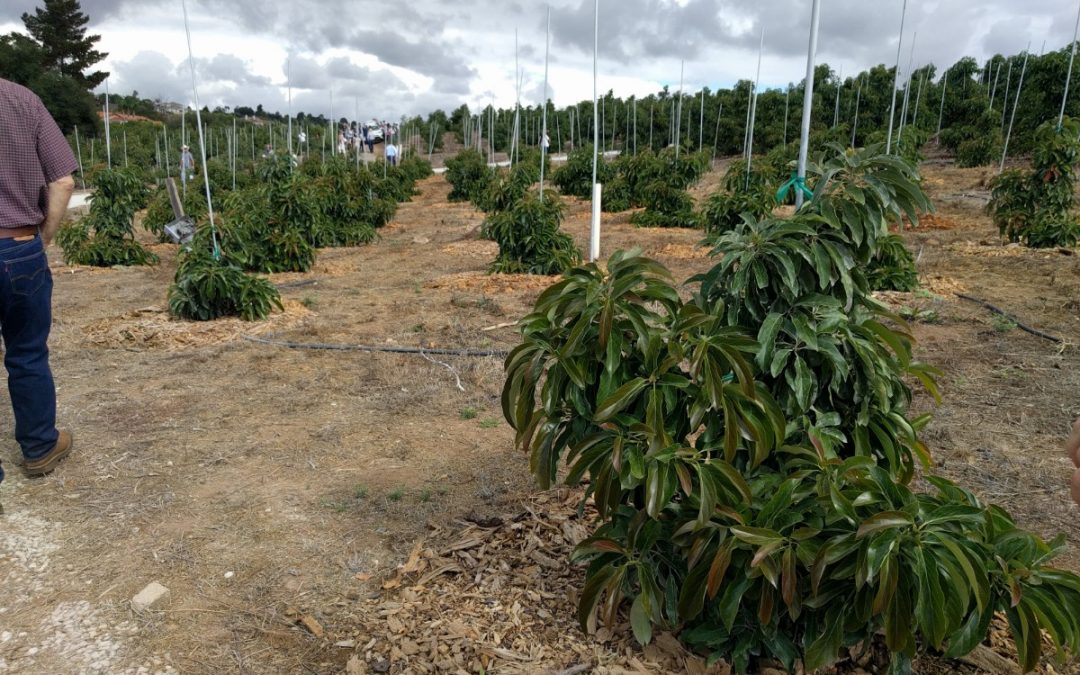
The timing becomes essential because avocado trees produce flowers on their new growth so summer pruning directly affects the fruit production of the following year. Cut the longest branches that reach beyond your target height to reduce the plant by 25-30% of its previous year’s growth. Cut the branches at a point just above the outward-facing buds to promote horizontal growth which enhances light access and air movement in the entire canopy. Look for any touching or rubbing points between branches because these areas serve as entry points for diseases.
The height reduction of mature trees exceeding 15 feet should happen through seasonal steps instead of using severe topping methods which create tree stress and promote excessive water sprout development.
Young avocado trees need light pruning to develop proper structure but mature trees require more extensive thinning to keep their production levels up and prevent tree crowding.
Citrus Varieties – Protecting Immature Fruit Development
The pruning process for citrus trees becomes complex because they produce fruit for extended periods while maintaining both mature citrus fruits and developing flowers at the same time. The post-harvest pruning process becomes critical for Valencia oranges and limes because they produce their fruit during late summer through early fall and incorrect timing will result in the loss of unripe fruit.
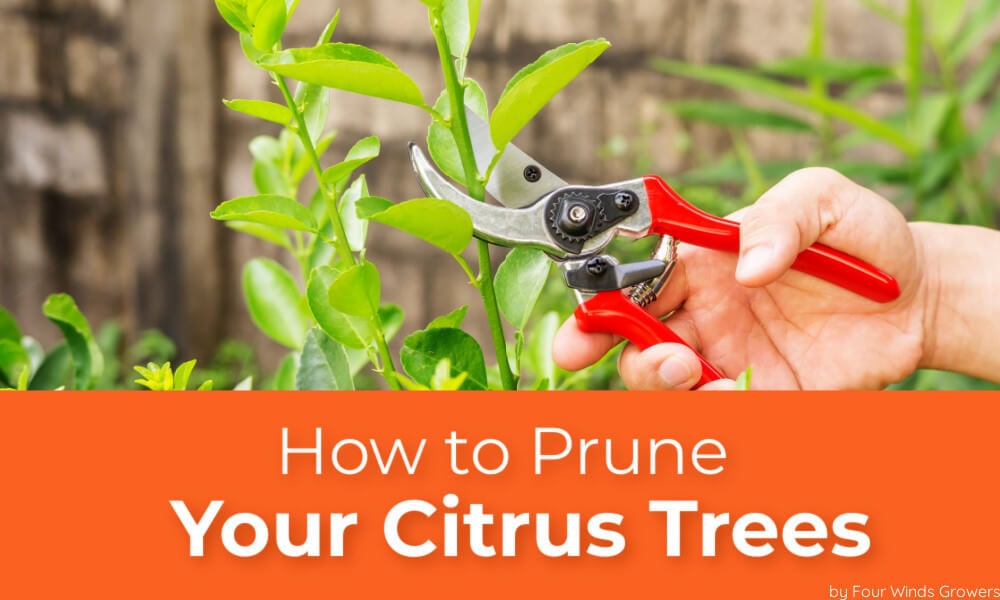
The process of grape harvesting needs to be done at specific times for each grape variety. The optimal time for late summer pruning of Valencia oranges occurs between spring and early fall when all the fruit has been picked. The continuous production of lime varieties demands farmers to inspect the trees only after the main harvest period finishes. Remove up to 20% of the canopy by focusing on the interior branches that get little sunlight and any growth that blocks the center of the tree.
The protective equipment needed for working with citrus trees includes thick gloves and long sleeves and eye protection because these trees have thorns.
Use sharp bypass pruners for branches under one inch diameter and loppers or pruning saws for larger wood. Cutting at an angle above the outward-facing nodes will steer new growth toward the outside of the tree which enhances air movement that fights fungal diseases prevalent in wet citrus cultivation areas.
Guava Trees – Managing Dual Harvest Systems
Home orchards benefit from guava trees because they generate two annual harvests during spring and fall seasons for most Florida and Southern California and Hawaiian varieties. The ability to grow two crops in succession requires precise pruning timing because you can safely trim the plants after each harvest without disrupting the following growing season. The trees produce multiple new shoots from each cut point after pruning which allows for intense shaping to manage their dimensions and enhance fruit production.
The post-harvest pruning period enables gardeners to manage guava plants’ natural bushy growth pattern which blocks sunlight and decreases fruit quality in the center of the tree. The canopy needs a 30-40% reduction in coverage which can be achieved by thinning out crowded sections instead of cutting down trees to lower their heights. The method maintains the natural growth of trees while improving sunlight access for fruit development throughout the entire tree structure.
The process of sucker removal stands as a crucial practice for guava trees because they tend to develop dense thickets at their base when their suckers are not controlled. Remove all new growth that appears from the root area or base of the trunk to keep the tree single-trunked. The bushy shape needs you to let some suckers develop into new trunks but you should remove the ones which obstruct the main structure. The trees’ fast growth response allows you to observe new shoot development during weeks following pruning which shows how well your pruning techniques are working.
Kumquat Trees require minimal care for people to achieve their best results.
The home orchard fruit tree kumquat tree requires minimal care because it grows into a naturally compact shape that reaches heights of 3-6 feet. The small citrus family members require post-harvest pruning that focuses on health care instead of size regulation to achieve maximum benefits. The extended harvest period from fall through spring means pruning typically occurs in early spring as the final fruits are collected.
The main goal requires the elimination of dead diseased and damaged wood to preserve the natural rounded shape which optimizes fruit production. The even distribution of kumquats throughout the canopy makes heavy thinning operations unnecessary because it does not benefit the tree. The goal should be to refine the tree through the removal of crossing or rubbing branches and any growth that disrupts its natural form.
Check the interior branches first because they get minimal sunlight which leads to poor fruit quality and pest and disease problems. The removal of 15-20% of total canopy volume needs to create a small central opening for better air movement while preserving the dense leaf cover that protects the developing fruit. The small size of trees allows for basic pruning work that results in quick healing cuts which also stop disease transmission.
Summer pruning of Sweet Cherry Trees serves as a necessary practice for disease prevention.
Sweet cherry trees require the most important post-harvest pruning schedule among all temperate fruit trees. Unlike most deciduous fruit trees that benefit from dormant season pruning, sweet cherries are highly susceptible to bacterial canker, a serious disease that spreads rapidly through pruning wounds made during cool, wet spring weather. Summer pruning right after harvest serves as a disease prevention method because the dry summer weather makes it difficult for bacteria to multiply.
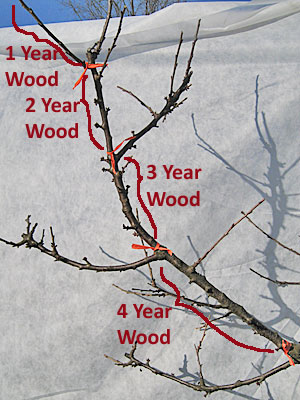
The sweet cherry harvest season takes place during mid to late summer which allows post-harvest pruning to be suitable for most growing areas. Reduce overall tree height by removing the tallest branches back to lateral limbs that maintain your desired canopy level. The natural growth pattern of sweet cherry trees produces vertical growth that can grow taller than 25 feet unless controlled through regular pruning for safe harvesting.
The canopy needs a reduction of 20-25% to eliminate shaded interior branches that no longer produce fruit.
The sweet cherry tree requires selective thinning instead of heavy heading cuts because it produces fruit on mature branches. Check the branch angles because weak crotches tend to split when productive cherry trees bear their typical heavy fruit loads. Make thinning cuts at the base of unwanted branches rather than heading cuts that stimulate excessive vegetative growth incompatible with fruit production patterns.
Advanced Pruning Techniques for Maximum Orchard Productivity
Understanding the Three D’s Foundation
The first step of successful post-harvest pruning involves removing all dead diseased and damaged wood which serves as the base for every effective pruning system. The process of removing dead wood leads to improved air movement between trees while safeguarding them from decay agents and channeling resources toward developing strong and healthy vegetation. The spread of pathogens through diseased wood demands immediate attention so tree health depends on correct cutting methods and tool sterilization between each cut.
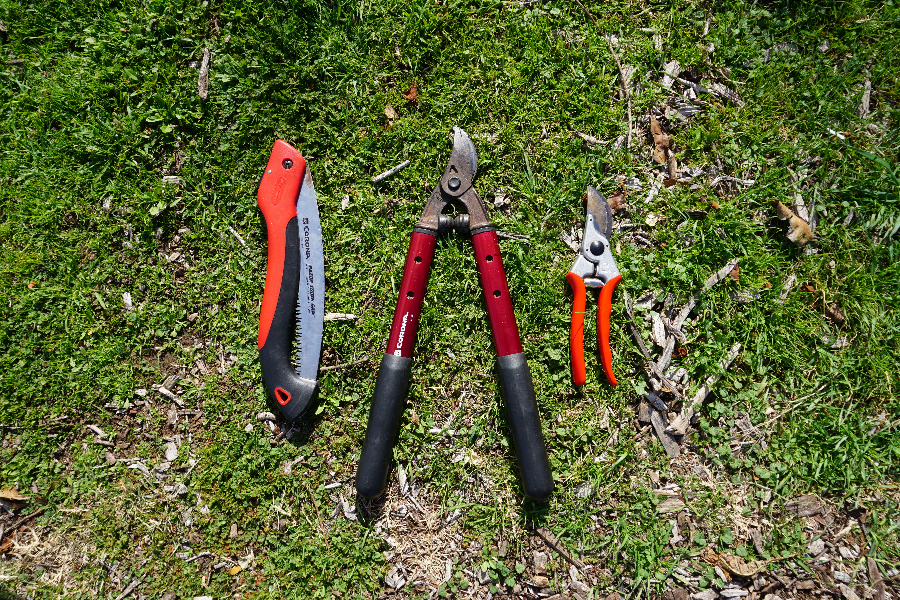
The assessment of tree damage requires evaluation of more than just broken branches since it also involves checking for cracked or split limbs and signs of pest damage. The removal of damaged wood needs to extend past the visible area of injury because it requires cutting into healthy wood to remove all affected sections. The proactive method prevents minor problems from escalating into major structural issues which threaten tree stability and productivity.
Structural Pruning for Long-Term Health
The post-harvest time provides complete visibility of tree structure which helps develop strategic plans for upcoming growth. The main goal needs to establish robust scaffold branches which will carry heavy fruit loads without failure. Most fruit trees need branch angles between 45-60 degrees from vertical to achieve maximum strength and proper fruit bud development.
Remove crossing branches that cause rubbing wounds and eliminate competing leaders because they can split the tree during storms or heavy fruit loads. The primary scaffold branches need proper spacing to allow sunlight to reach all parts of the canopy and maintain air movement between branches. The structural method of post-harvest pruning work creates environmental conditions which promote both long-term tree wellness and yearly fruit production.
Fruiting Wood Management Strategies
Different fruit tree species produce their fruit from wood of different ages so it is important to understand their fruiting habits for proper pruning. The two fruits produce their flowers on one-year-old wood which demands strong annual pruning to generate enough new growth for the following year’s harvest. The fruit production of apples pears and cherries occurs mainly on spurs and mature wood so selective thinning works better than heavy heading cuts.
The post-harvest pruning process enables growers to achieve equilibrium between plant growth and fruit production by eliminating unproductive vegetative growth that obstructs the canopy.
The selective pruning method allows enough leaf area for photosynthesis to occur while directing energy toward wood growth that will produce next year’s harvest.
Essential Tools and Safety Considerations
Tool Selection for Effective Pruning
Surgical cut healing depends on quality tools to achieve proper recovery or develop into infected wounds. Choose professional-grade bypass pruners that cut branches up to ¾ inch in diameter to make clean cuts which promote fast healing. The tool provides users with the ability to cut branches that are 1½ inches thick while making clean cuts which support natural healing processes.

The use of pruning saws becomes essential when dealing with branches larger than 1½ inches in diameter because curved blades provide superior control and make cleaner cuts than straight blades for most applications. Pole pruners enable you to reach high branches while keeping you safe but you should consider hiring a professional for major high work that needs ladder access.
Regular tool sharpening with suitable files or professional sharpening services will help you achieve the best possible cutting results. The use of unsharpened tools leads to tearing instead of cutting which results in severe injuries that need longer recovery time and increase the risk of developing infections. Clean tools between trees using alcohol or bleach solutions to prevent disease transmission, particularly important when working with disease-prone species like sweet cherries.
Safety Protocols for Home Orchard Pruning
The equipment for personal safety consists of heavy-duty gloves that shield hands from thorns and sharp tools and safety glasses that defend eyes from falling objects and sturdy footwear with secure grip for tree work. Long sleeves and pants serve as protective clothing that shields workers from scratches and insect bites which frequently occur when pruning.
The correct way to use ladders for safety involves placing extension ladders at 75-degree angles while making sure they stay stable against slipping.
Always stay within a safe distance of one arm’s length when using ladders and never attempt work at heights that need dangerous positioning. Professional arborists provide safer methods for performing major high work operations on trees that reach heights above 15 feet.
Common Pruning Mistakes and How to Avoid Them
Over-Pruning Consequences
Home orchardists frequently make the error of cutting away too much of their tree canopies during pruning which creates tree stress and decreases fruit production for several years. The total canopy volume should not exceed 30% reduction during post-harvest pruning because this method leads to water sprout growth that needs extra care and results in poor fruit quality. Trees pruned too heavily respond with vigorous vegetative growth that often fails to develop adequate fruit buds for subsequent seasons.
Under-pruning results in the same negative outcomes because thick foliage blocks sunlight and air movement which are essential for fruit growth and disease protection. The practice of following yearly pruning schedules helps achieve balanced canopy density instead of using heavy and light pruning methods which produce uneven growth patterns.
Timing Errors That Compromise Results
The practice of pruning trees during wrong seasons causes tree stress and makes them more vulnerable to diseases because it happens when weather conditions promote disease spread. The best time to prune sweet cherries is during the spring season when bacterial canker risk is at its highest and citrus trees should be pruned after young fruit development has finished. Major pruning should be avoided during times of extreme temperature because it puts additional stress on trees that need to recover.
The process of fall pruning in cold weather conditions produces open wounds which do not heal properly before winter sets in thus making plants more vulnerable to frost damage and winter injuries. Farmers need to understand local climate patterns and plant variety needs to determine the best post-harvest pruning time according to regional extension guidance for maximum results.
Regional Climate Considerations and Adaptations
Warm Climate Post-Harvest Management
Home orchardists who live in Mediterranean and subtropical climates benefit from longer growing seasons that allow them to choose when they will prune their trees after harvest. The regions have dry summers and mild winters which allow summer pruning because it helps wounds heal faster and reduces disease threats. The climate of this region provides special benefits to evergreen fruit trees including citrus and avocado which succeed with post-harvest pruning practices that would be dangerous in colder areas.
The prolonged winter period in tropical regions causes trees to keep their fruit so farmers must prune at particular moments to safeguard their upcoming harvest. Check local weather conditions to prevent pruning when unexpected wet conditions occur because they can harm plant wound recovery and make plants more susceptible to diseases.
Cold Climate Adaptations
The northern orchardists face various difficulties because their growing season is brief and they need to handle increased disease threats during spring weather conditions that stay cool and wet. The practice of post-harvest pruning becomes essential for sweet cherry trees because their summer cuts heal quickly yet spring pruning during optimal infection periods can lead to bacterial canker entry.
The post-harvest pruning of certain species requires careful consideration of microclimate variations because sheltered areas provide longer growing seasons that benefit species which do not thrive in exposed conditions. The success of pruning operations and its timing depends on local conditions which include row direction and wind protection and height variations.
Long-Term Orchard Health Through Integrated Management
Companion Planting Considerations
The combination of post-harvest pruning with companion planting leads to better orchard health and increased production results. The strategic placement of flowering herbs together with beneficial insect attractants near fruit trees creates a natural pest management system which decreases the requirement for chemical pesticides. Plants such as yarrow and dill and fennel attract predatory insects which help control pest populations that target pruned trees when they are most vulnerable during healing.
Ground cover management practices enhance orchard health through deep-rooted cover crops which strengthen soil structure and increase nutrient availability and control weed competition. The post-harvest pruning waste can be processed into mulch which serves as organic material that feeds trees while blocking weeds and protecting soil moisture.
Organic vs. Conventional Approaches
Organic orchard management depends on preventive cultural methods which makes post-harvest pruning essential for tree health protection through chemical-free practices. Organic methods for tree care involve using compost and cover crops and biological pest management to enhance soil health which naturally protects trees from diseases and pests.
Synthetic fertilizers and pesticides in conventional management systems help solve cultural practice problems but integrated pest management systems recognize that correct pruning methods decrease the requirement for chemical substances. The practice of post-harvest pruning delivers common advantages to trees regardless of management approach because it promotes tree health and productivity and decreases future maintenance work.
The following guide provides methods to optimize your upcoming harvest by using strategic pruning techniques.
The practice of post-harvest pruning creates multiple benefits which extend past tree maintenance because it generates lasting value for orchard production and fruit quality. The process of strategic tree management involves removing unproductive wood and reshaping the tree structure to channel energy toward creating strong fruitful branches which will generate abundant high-quality crops during future seasons. Home orchardists can create optimal pruning plans by understanding the unique needs of each species and their specific timing requirements which leads to better results and reduced tree stress and maintenance work.
The key to successful post-harvest pruning depends on following these principles while monitoring tree responses to various methods and schedules.
Create yearly pruning plans which match the end of harvest season and regional climate conditions and document all pruning activities through detailed logs of dates and quantities removed and tree reaction data. The structured approach to pruning allows people to learn through stages which leads to becoming skilled orchard managers who can maintain productive fruit trees that produce abundant harvests for many years.
